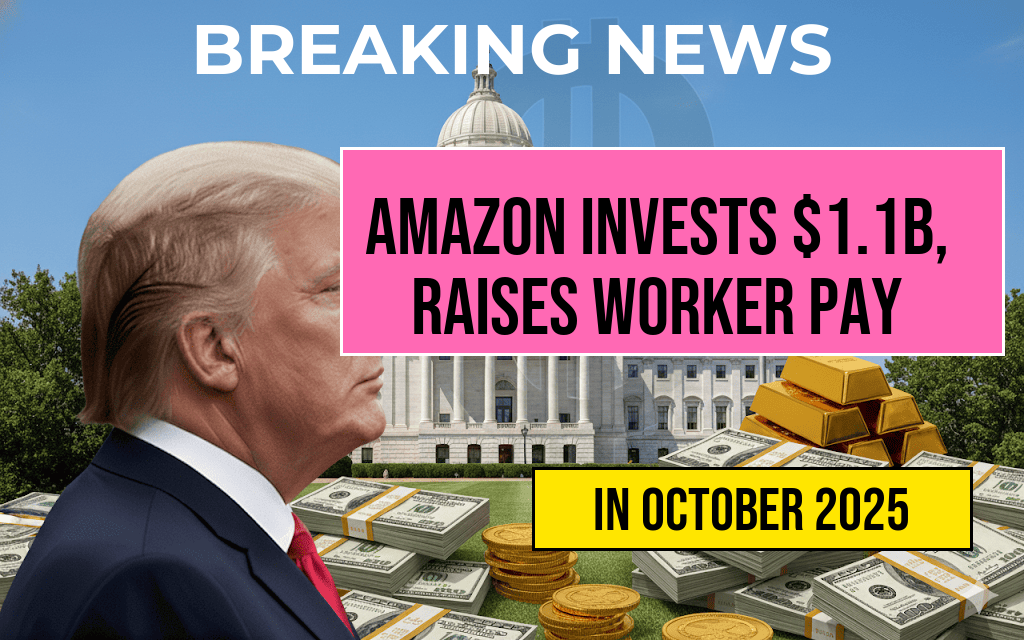Former President Donald Trump has recently championed a controversial proposal to expand the investment options available within U.S. retirement plans, specifically proposing that high-risk cryptocurrency assets be permitted in 401(k) accounts. This shift aims to give investors more diversified choices but raises significant concerns about the potential for increased volatility and financial risk among retirees. The proposal, introduced through a new rule under the Department of Labor, seeks to modify existing regulations that currently restrict alternative and speculative assets from standard retirement portfolios. If adopted, the move could reshape the landscape of retirement investing, prompting debates among policymakers, financial advisors, and consumer advocates about balancing innovation against investor protection.
Background on the Proposed Rule Change
The Department of Labor (DOL) has been reviewing its regulations governing what assets can be held within defined contribution plans like 401(k)s. Traditionally, these plans restrict investments to more stable assets such as stocks, bonds, and mutual funds, aiming to safeguard retirement savings from excessive risk. However, recent discussions have focused on expanding permitted investments to include alternative assets, notably cryptocurrencies. The proposed rule, announced in a notice of proposed rulemaking (NPRM), seeks to clarify that plan fiduciaries can include high-volatility assets like Bitcoin and other digital currencies if they conduct thorough due diligence and disclose associated risks.
Trump’s Advocacy and Rationale
During a recent rally, Donald Trump voiced support for the proposed changes, framing them as a way to modernize retirement investing and potentially boost returns for younger investors. “Our country’s retirement system should reflect the innovations of today’s financial markets,” Trump stated. “Allowing Americans to diversify into high-growth assets like cryptocurrencies could help them build wealth and secure their futures.” He emphasized that, with proper safeguards, investors could benefit from exposure to emerging financial technologies, which he believes are underutilized within current retirement frameworks.
Potential Benefits Highlighted by Supporters
- Increased diversification for retirement portfolios, reducing reliance on traditional assets.
- Access to high-growth opportunities associated with cryptocurrencies, which have shown significant appreciation over recent years.
- Modernization of retirement plans to reflect evolving financial markets and investor preferences.
Concerns and Criticisms
Critics argue that allowing high-risk assets such as cryptocurrencies in retirement accounts could jeopardize the financial security of many Americans, especially those nearing retirement age. The extreme volatility characteristic of digital currencies could lead to substantial losses, undermining long-term savings. Consumer advocates have expressed fears that less experienced investors may lack the understanding necessary to navigate such complex assets and could be misled by aggressive marketing or misinformation.
| Aspect | Traditional Assets | Cryptocurrency Assets |
|---|---|---|
| Volatility | Relatively low to moderate | High, with frequent sharp swings |
| Regulatory Oversight | Extensive | Limited and evolving |
| Historical Performance | Stable growth over decades | Rapid gains and losses, less predictable |
Regulatory and Industry Perspectives
The Financial Industry Regulatory Authority (FINRA) and the Securities and Exchange Commission (SEC) have cautioned against the inclusion of cryptocurrencies in retirement plans, citing concerns about investor protection and the lack of comprehensive regulation. However, some financial firms have begun exploring cryptocurrency offerings, citing demand from clients seeking alternative investments. The Department of Labor has emphasized that plan fiduciaries must act prudently and disclose risks transparently if such assets are included.
Implications for Investors and Retirement Planning
If the proposed rule is adopted, it could lead to a significant shift in how Americans approach retirement savings. Younger investors, comfortable with digital assets, may embrace increased exposure to cryptocurrencies as part of their long-term strategy. Conversely, older workers nearing retirement age might face increased risk exposure, potentially jeopardizing their savings. Financial advisors will need to carefully assess client profiles and risk tolerance, balancing the desire for higher returns with the importance of financial security.
Next Steps and Ongoing Debates
The Department of Labor has opened a public comment period, inviting stakeholders to weigh in on the proposed regulation. Lawmakers, industry groups, and advocacy organizations are expected to submit a range of opinions, reflecting the broader debate over the future of retirement investing. As of now, no definitive timeline has been set for finalizing the rule, but its potential approval has already stirred discussion about the evolution of retirement savings in an increasingly digital economy.
For more information on cryptocurrency regulations and retirement planning, consult resources such as Wikipedia’s Cryptocurrency page and Forbes’ financial coverage.
Frequently Asked Questions
What is the new 401(k) rule proposed by Donald Trump regarding cryptocurrency investments?
The new 401(k) rule proposed by Donald Trump would allow high-risk cryptocurrency investments to be included in retirement plans, giving investors access to digital assets within their retirement accounts.
How might this rule impact investors’ retirement portfolios?
This rule could potentially diversify retirement portfolios by allowing cryptocurrency investments, which may offer higher return potentials but also come with increased risk.
Are there any risks associated with investing in cryptocurrencies through a 401(k)?
Yes, cryptocurrencies are known for their volatility and speculative nature. Including them in retirement plans could expose investors to significant financial risks.
What are the potential benefits of allowing high-risk crypto investments in retirement accounts?
The main benefits include the opportunity for higher returns, increased investment diversification, and the chance for investors to participate in the growing digital asset market within their retirement savings.
Has this proposed rule been implemented or is it still under consideration?
The proposed rule is currently under review and has not yet been implemented. It is subject to regulatory approval and public comment before any final decisions are made.





